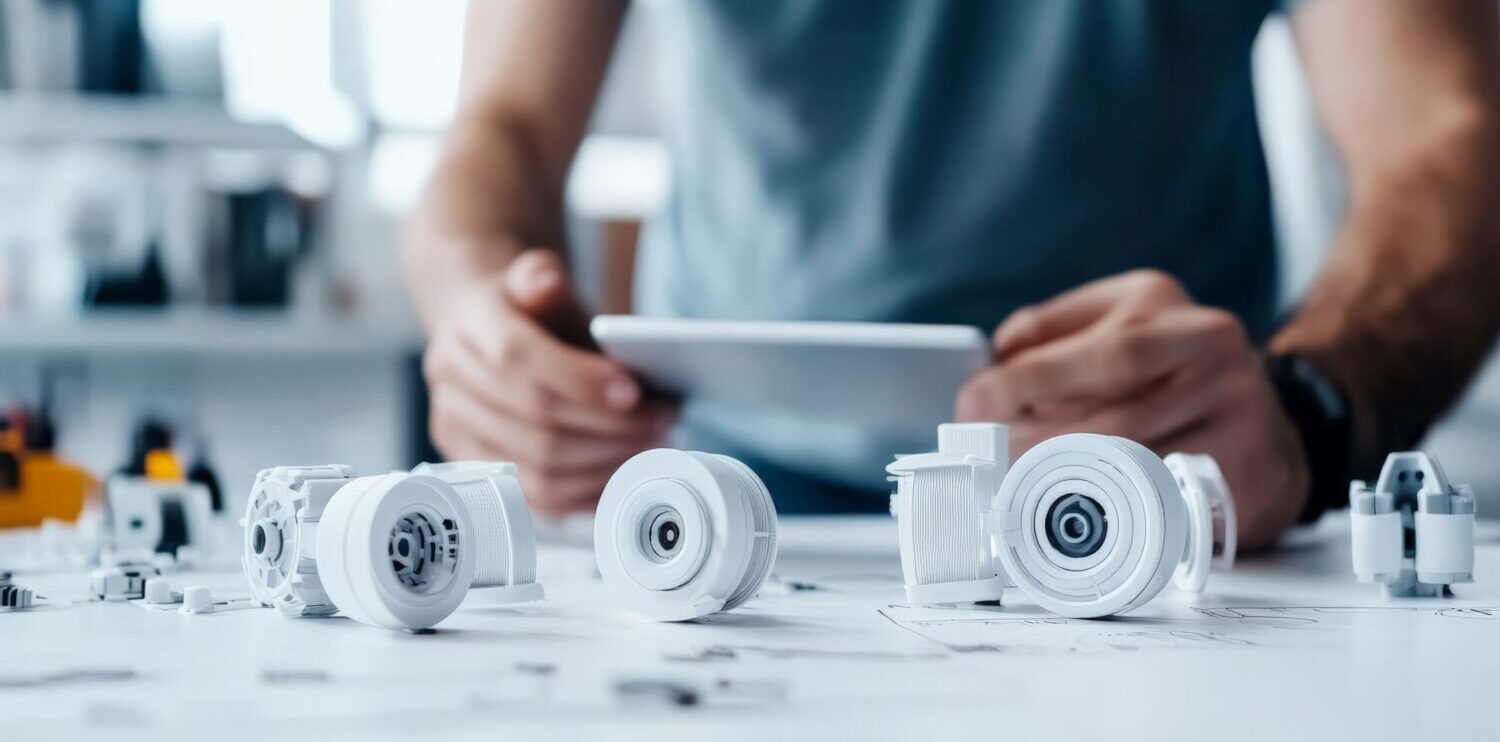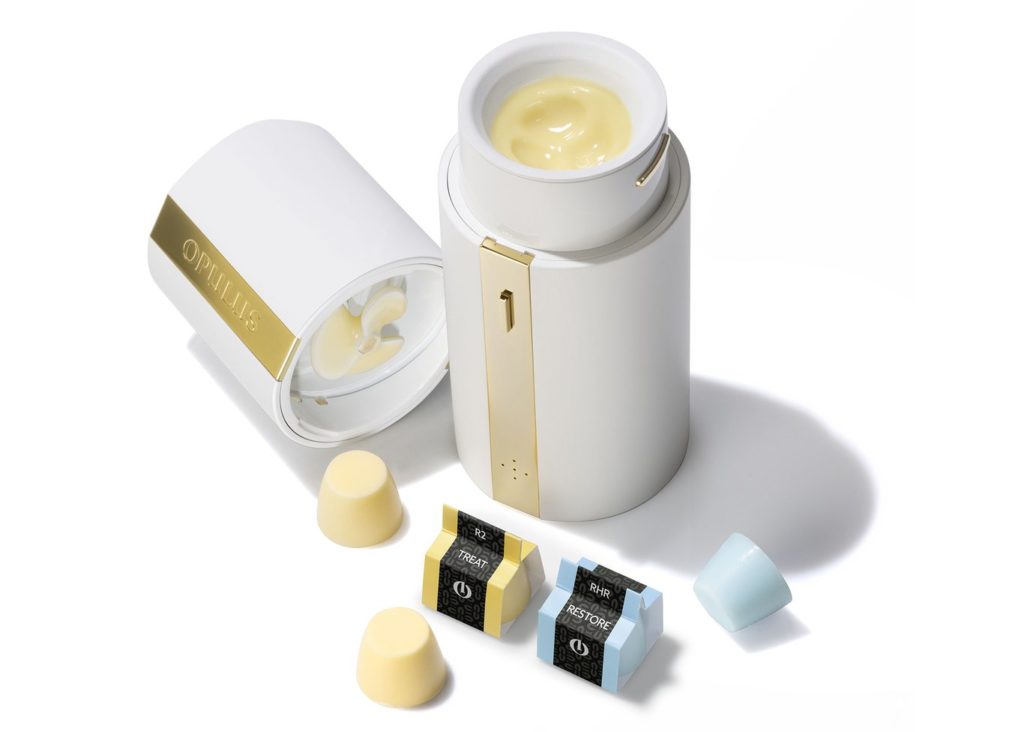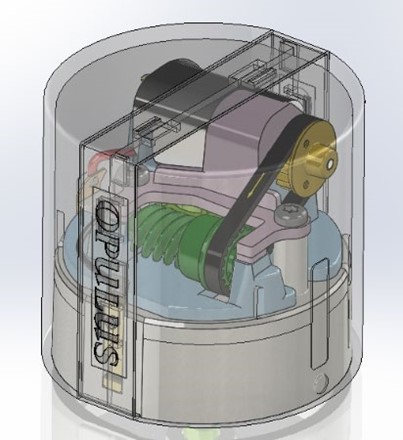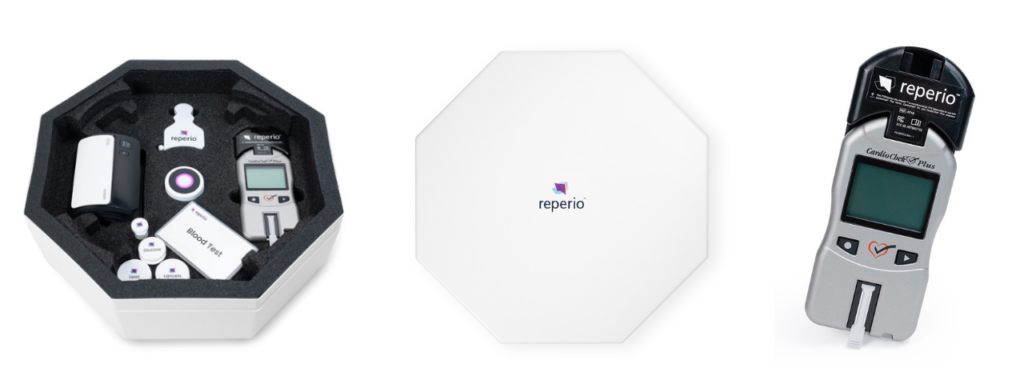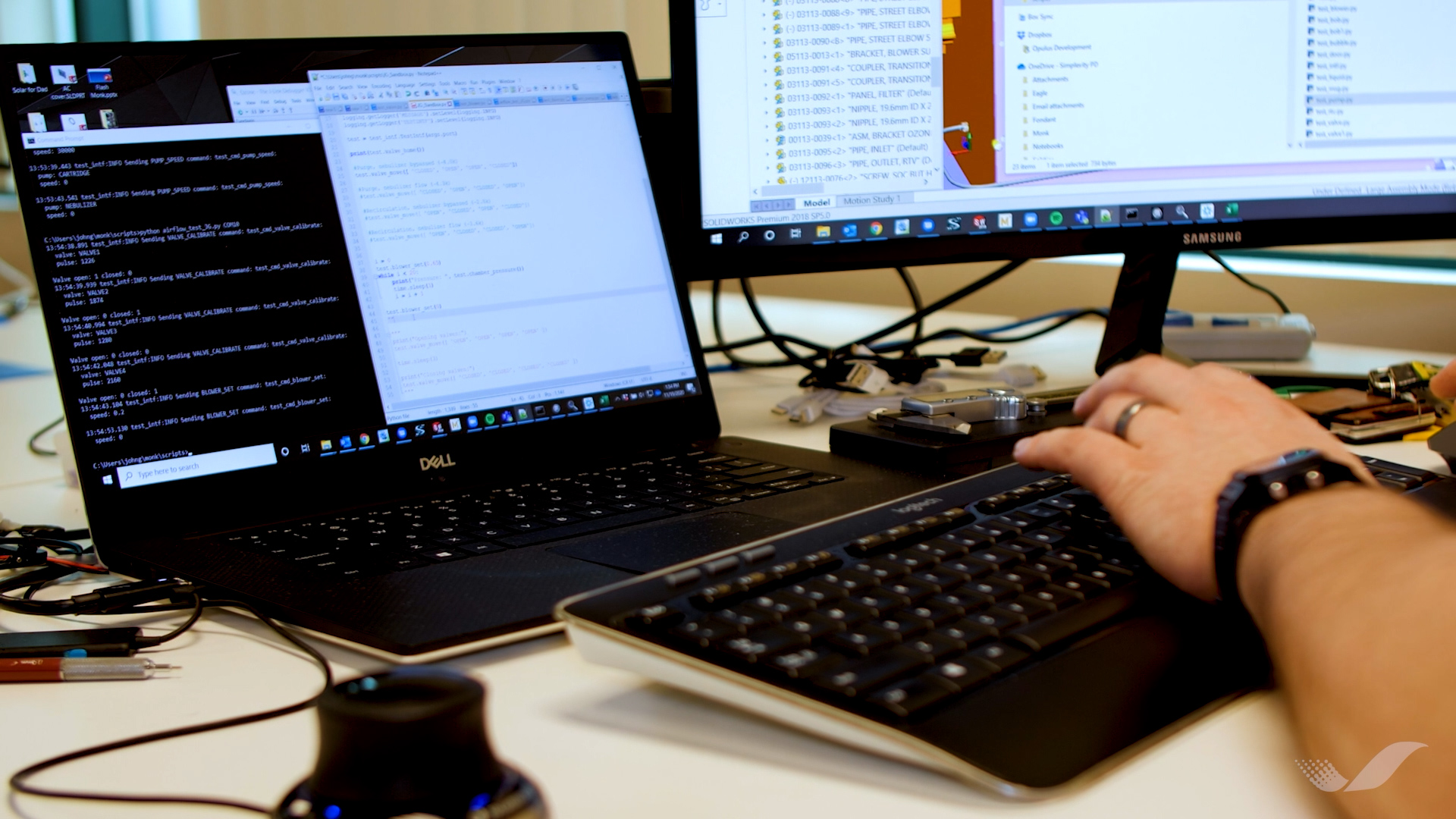In the world of product development, the word “design” carries a lot of meaning and can mean different things in various contexts. At Simplexity we do a lot of “design engineering” for our clients, and that means something particular. Here I explore the various meanings of the word “design” and how it relates to two very different disciplines in product development. Both these disciplines are necessary for most products. In one context, design is developing the form of a product. In another context, design is about developing functional elements of the product. The way I see it, these two types of design are just two sides of the same Product Development coin, so we will look at these two types of design and explore how they fit together.
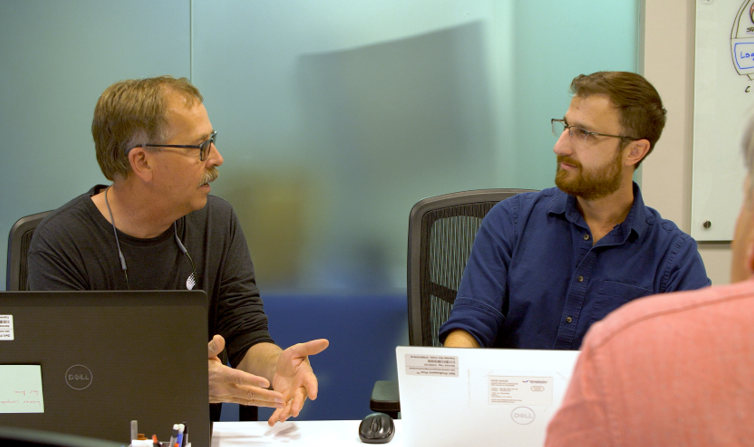
Design of Form
The two sides of the design coin, as I see it, are the design of the form and the design of the function, and the first side is form. Products have form, and determining that form is an aesthetic endeavor. Professionals in the field of industrial design usually design the form of products. When creating the form of a product, the designer considers the shapes and appearance of the product, the context in which it’s used, current trends and styles, how a product will look in its likely or intended environments, and how the product will fit into society and the world. The goal is to make products say something and mean something and have significance. Some products should disappear into the fabric of life, and some should stand out. The designer will create shapes, choose colors, materials, surface finishes to actualize the form of the product. In creating the form, the designer helps to determine what the product is, why it exists and how it achieves its purpose. The design is a plan, an intent for the product’s form. This is a subjective area, I’m sure you already can see the engineers squirming. Form is critical to product design, but just one side of the design coin.
Beautiful industrial design (form) of the Opulus Luxury Skincare Device (thanks to Tactile)
Design of Function
Products have function as well as form, and increasingly they have complex functions. Creating a design which achieves its function is the other side of the design coin. This is my area of expertise, and usually where engineers get involved. In this context, design is determining how to achieve the product’s function. Sometimes product function is achieved by bringing together a variety of existing technologies and techniques in a new or different way. Sometimes achieving the products function requires invention of new mechanisms, materials, processes or techniques. Functional design also often involves the selection of components and shape, manufacturing process and materials. In many new products, functionality comes from a complex system inside the product. This system has to be manufactured by reasonable means, and it must continue to work in all the product’s possible environments and over its entire product life.
CAD rendering of the inter-workings of the Opulus Luxury Skincare Device, showing the function of converting motor rotation via a pulley and timing belt to a worm gear
The Overlap: Form and Function
Form and function overlap on an important edge of this coin, the functional aspects of the form. There are many parts where the form provides function or where the functional elements of the product give form. A lot of this has to do with the human-product interface. Ergonomics and human factors find themselves on the edge of the design coin. However, there is often tension between the form and the function of a product, because the needs of each can create conflict.
Balancing Form and Function
It’s not uncommon for the form and function of a product to clash. Often the aim of a new product development is to cram more function into a given form factor, or to achieve a certain function in less space. Competition for space is often a point of tension between the form and the function. There is also often tension over product energy use and heat dissipation. Another common area of tension is around how the surfaces of products are split into multiple components. That tension can create something new and wonderful, or it can cause an excess of wasted time and budget if the teams reach an impasse. In the end though, both the team in charge of form and the team in charge of function are working on the same thing: the product’s design. It is one thing.
Bluetooth-enabled, at-home health screening kit and service from Reperio Health, which shows a healthy balance between form and function
The Complete Product Design
To me, design consists of a complete plan for how to make a product itself: what does it look like and how does it work. The act of designing is working on this plan. Product designs rapidly become too complex to store in one person’s head, and designs must be shared with many people, so they require documentation.
Design Documentation
The design is captured in its documentation. Documentation of the product’s form may include CAD bodies and renders, sketches, and specifications for colors, materials, surface finishes, artwork of logos or patterns, and fonts for text. Documentation of functional design may include more CAD files and engineering drawings, assembly drawings and assembly instructions, bills of materials for the standard and semi-custom parts, and specifications for materials used. There are also electrical schematics, circuit board layouts, systems diagrams, theories of function and a code base. With all these documents, the product is well defined, and the design is complete.
In product development, we talk about design frequently in ways specific to the industry. The design is the plan for the product itself for both the form and the function of the product. Form and function are most usually carried out by different professionals with very different backgrounds and training. When it comes to the design of the functional elements of the design, often engineering is required to solve issues before they become problems and feed solutions into the design. With design of form and engineered design of function we can create the beautiful, meaningful, functional products people will use in the future.

